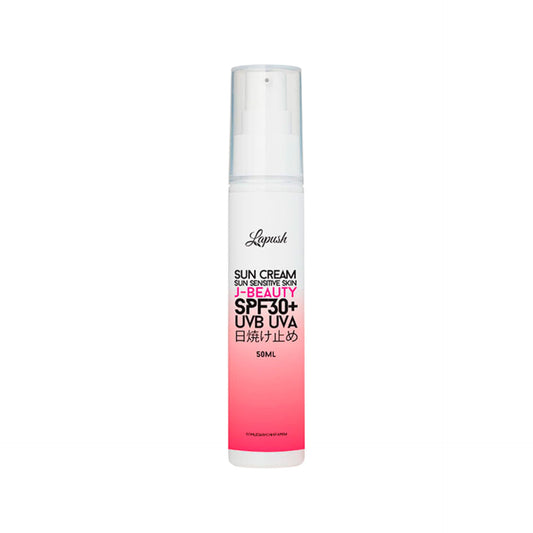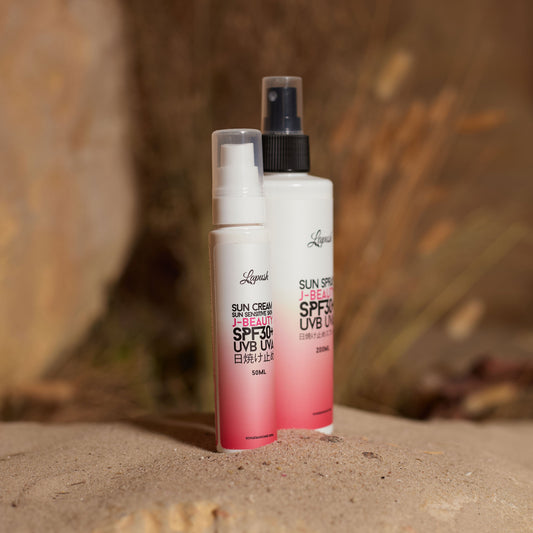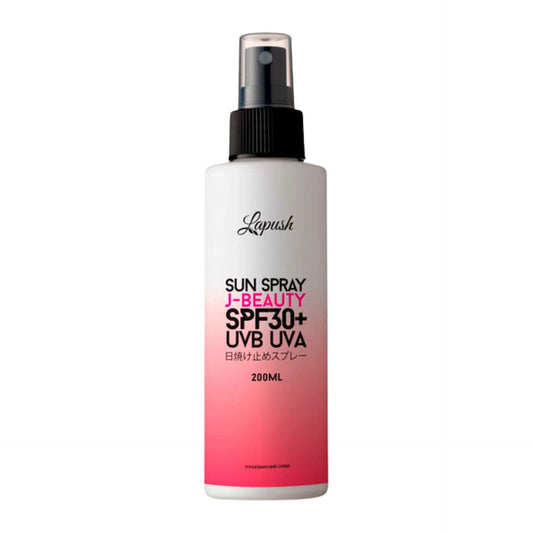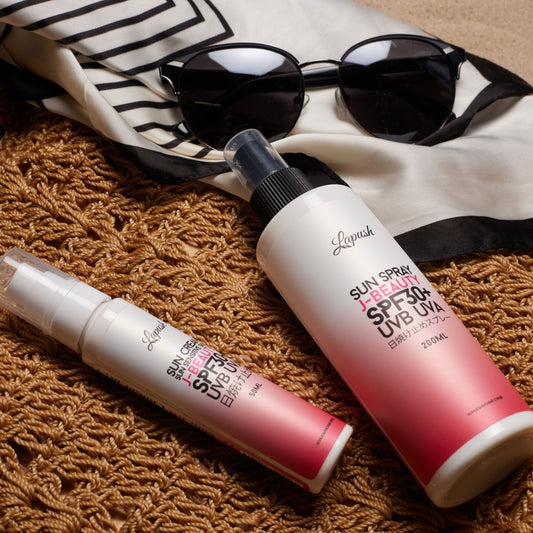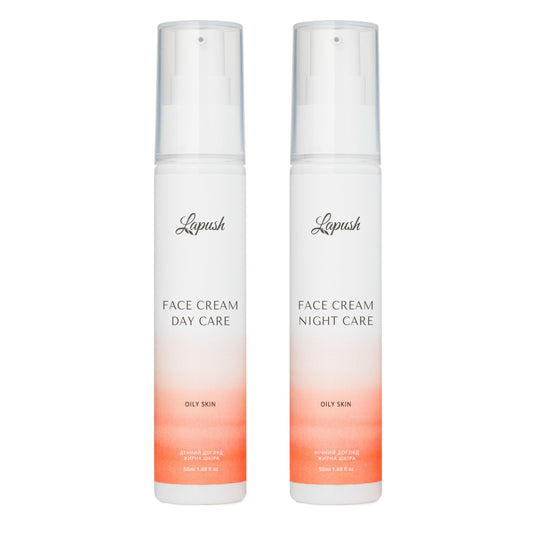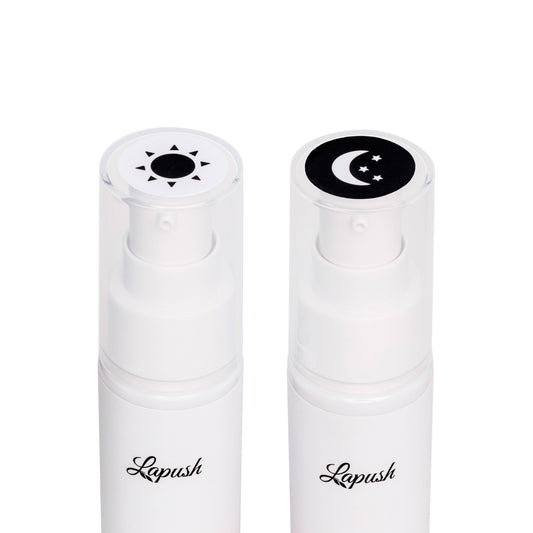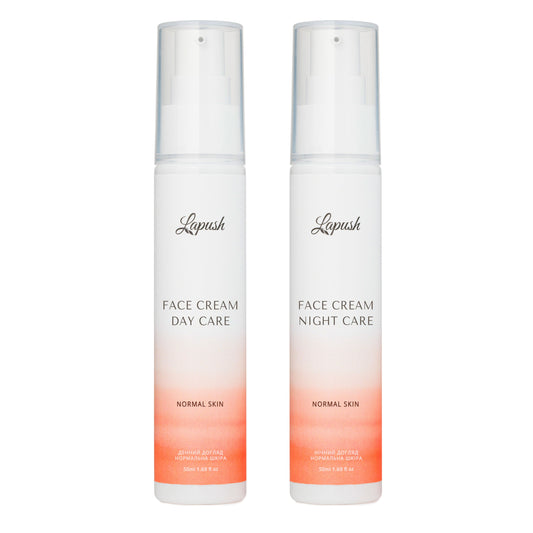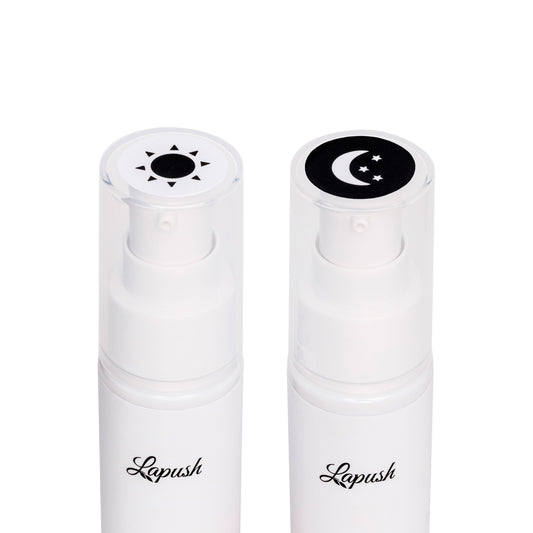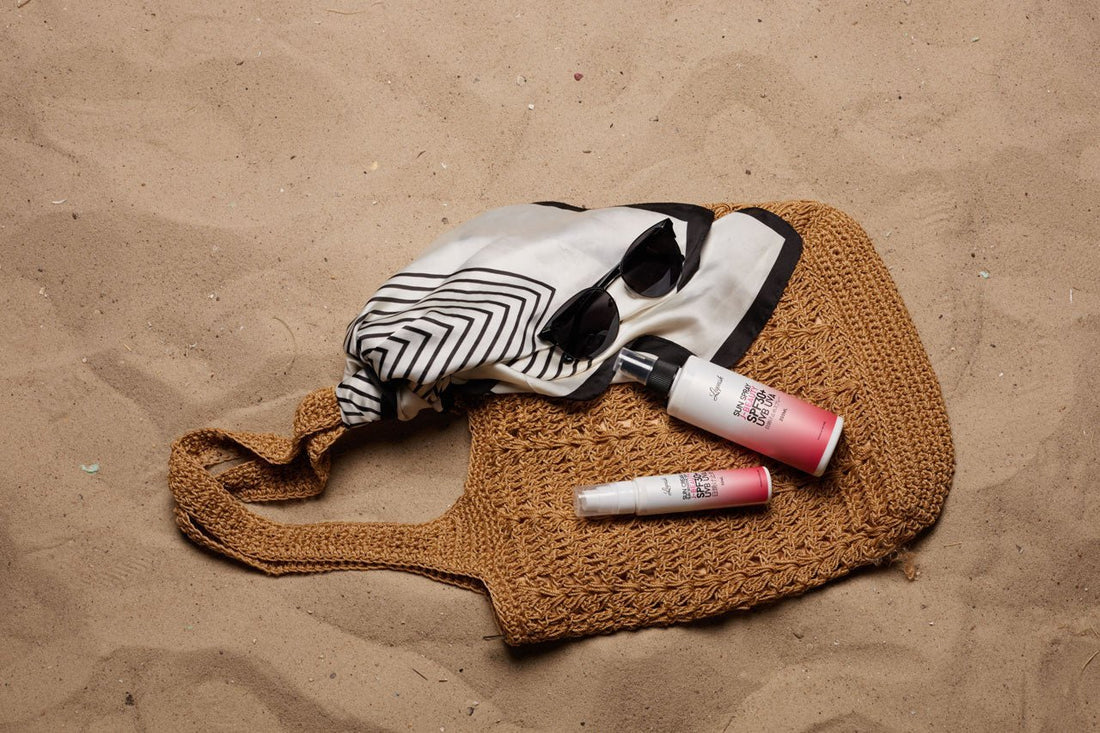
Photoaging of the skin: the role of SPF in maintaining facial beauty and health
Wrinkles, age spots, loss of elasticity - all these are consequences not only of age, but also of the action of solar radiation. In the modern world, where skin care has become an integral part of daily rituals, photoaging of the skin is one of the most common problems faced by both women and men. This process can begin at a young age if sun protection is neglected. But the good news is that photoaging is not a sentence. It can be slowed down and sometimes even corrected with the help of proper care, knowledge of the mechanisms of its occurrence and regular use of appropriate cosmetics.
What is photoaging of the skin: causes and manifestations
Photoaging of the skin is a process of premature aging caused by exposure to ultraviolet (UV) radiation. The main role here is played by UVA rays, which penetrate into the deep layers of the skin and damage collagen and elastin fibers. This leads to loss of elasticity, wrinkles, dryness and pigmentation.
Typical signs of photoaging include uneven skin tone, enlarged pores, decreased skin density, and vascular fragility. It is important to understand that unlike natural aging, photoaging has a pronounced external character - the face looks "tired" and the skin structure becomes heterogeneous.
Ultraviolet light activates free radicals, which trigger oxidation processes in cells. This further worsens the condition of the skin and accelerates the destruction of its protective barrier. That is why photoaging is not just a cosmetic problem, but also a signal that the skin needs protection and restoration.
How does photoaging of the skin differ from natural aging?
Physiological skin aging is a gradual and inevitable process caused by a decrease in cellular activity and hormonal changes. Photoaging, on the other hand, is a consequence of external influences, in particular ultraviolet light. It can begin before the age of 30 and progress much faster.
Photoaging usually manifests itself unevenly: it is most noticeable on exposed areas - the face, neck, décolleté and hands. While age-related changes affect the entire skin more evenly. This helps dermatologists to clearly distinguish between the two processes and choose the right care strategy.
Another difference is the nature of the changes. With photoaging, the skin becomes rough, pigmented, often with vascular meshes. At the same time, age-related aging has a greater impact on volume loss, sagging skin, and changes in the oval of the face. Therefore, combating photoaging is not only about aesthetics, but also about skin health.

How UV rays damage skin at the cellular level
When we are in the sun without protection, UVA and UVB rays penetrate the skin and trigger a cascade of destructive reactions. They damage the DNA of cells, cause mutations, and activate free radicals. This leads to inflammation and the loss of collagen and elastin, which are responsible for the skin's elasticity and density.
Ultraviolet light also affects melanocytes, the cells responsible for the synthesis of melanin. As a result, age spots, uneven skin tone, and hyperpigmentation appear. With prolonged exposure to sunlight, these changes become chronic and are difficult to correct with conventional cosmetics.
Against the background of UV radiation, the skin loses its ability to regenerate, its hydration and barrier functions decrease. This creates ideal conditions for rapid aging, loss of radiance and the appearance of irritations. That is why sun protection should be not only seasonal, but also daily.
Sun protection and care: the main means against photoaging
The main prevention of photoaging is the daily use of products with SPF . Even in cloudy weather, UV rays penetrate the skin and cause microdamage. A cream with broad-spectrum protection (UVA+UVB) should become a basic step in your skin care.
In addition to sunscreen, it is important to include antioxidants in your skincare routine — vitamin C, vitamin E, ferulic acid, niacinamide. They neutralize free radicals and promote cell renewal. Moisturizing ingredients — hyaluronic acid, panthenol, ceramides — help maintain the water balance of skin that suffers from drying out in the sun.
Peels with acids, retinol, peptides are already correction stages that should be introduced gradually. They help smooth skin texture, lighten pigmentation and stimulate cell renewal. But in the summer they are used with caution and mandatory SPF protection.
SPF products: why they are a must in daily care
In the fight against photoaging of the skin, sunscreen is not a seasonal accessory, but a constant necessity. SPF products are designed to protect the skin from the harmful effects of UVA and UVB rays, which destroy cellular structures every day and accelerate the aging process. Even on a cloudy day, ultraviolet rays penetrate through clouds, windows, and affect the skin - which is why sunscreen should be part of your daily ritual, regardless of the weather.
Modern SPF products have light textures, blend well with makeup, do not clog pores, and are suitable for different skin types. Facial SPF often contains additional active ingredients: antioxidants, moisturizing ingredients, niacinamide, or centella — which enhances their effectiveness and makes care even more comprehensive. The main thing is to choose the right level of protection: SPF 30 is enough for the city, and SPF 50 is better for active sun.
It is equally important to reapply SPF products throughout the day, especially during periods of active outdoor activity. This ensures continuous skin protection and minimizes the risks of pigmentation, wrinkles, and loss of elasticity. By adding sunscreen to your daily routine, you are investing in the youth, beauty, and health of your skin for years to come.
Anti-photoaging cosmetics: how to choose effective products
When choosing cosmetics against photoaging of the skin, pay attention to active ingredients that have been scientifically proven to be effective. Among them are retinol, coenzyme Q10, peptides, niacinamide, hyaluronic acid, ferulic acid. They not only reduce the effects of UV damage, but also trigger natural skin renewal.
For daytime care, choose light serums or fluids with antioxidants and SPF. For evening care, choose nourishing creams or masks that stimulate regeneration. If your skin is sensitive, it is better to pay attention to formulas with azelaic acid or enzymes.
Pay special attention to products for the skin around the eyes. This area is the first to react to photoaging and needs additional protection and nourishment. Use creams with caffeine, peptides, and moisturizing ingredients to reduce swelling and prevent the appearance of "crow's feet."
Conclusion: photoaging of the skin can be stopped
Photoaging of the skin is not only a matter of aesthetics, but also a mirror of your daily care. It accumulates over the years, but modern cosmetology provides enough tools to slow down or even reverse this process. The most important thing is to act proactively, and not wait for the first signs.
Regular use of SPF, antioxidants, proper cleansing and moisturizing all work as a shield against UV rays. It's equally important to avoid sun exposure during peak hours and take care of your skin every day, not just in the summer.
Protecting yourself from photoaging means giving your skin more years of youth, freshness, and health. And you can start doing it today.

